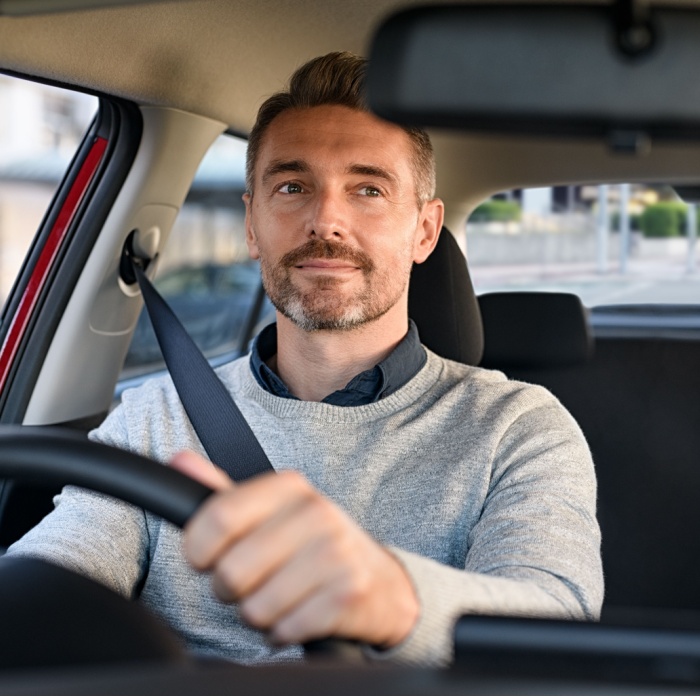Driving in winter conditions can be hazardous. We know that some journeys can't be avoided, but always ask yourself is your journey necessary or can it wait until the weather improves? If your journey is necessary, listen to traffic reports, plan your route in advance, allow extra time and avoid areas where there might be obstacles or hazards such as steep inclines or exposed areas.
Driving in rain and flooding
- When roads are wet your stopping distance is doubled. Reduce your speed and maintain a safe distance from the vehicle in front.
- If your vehicle skids on surface water, take your foot off the accelerator. Don’t brake and use your gears to slow the car down if possible.
- Do not attempt to drive through water if you don’t know how deep it is.
- Drive with consideration for other drivers and nearby homes, because when driving in heavy rain, your car can cause a bow-wave.
- If your car stalls in flood water, leave your car and move yourself to safety.
Driving in ice and snow
- Clear snow from the roof of your vehicle as well as the windows so it doesn’t slip while you drive and obscure your view.
- Avoid braking suddenly. Applying the brakes too hard will cause a skid. If this happens pump the brakes gently and repeatedly.
- Drive in as high a gear as possible, maintaining low ‘revs’ and a safe speed. Going down in gears will automatically reduce the speed output of the car. Do this gradually to bring the car to a stop.
- Reduce your speed but don’t completely take your foot off the accelerator, this may cause a spin.
Driving in wind
- High sided vehicles are at risk of crosswinds. Keep a safe distance from these vehicles and be prepared to stop if necessary.
- Other vehicles, cyclists, pedestrians and equestrians can be blown off course in high winds so exercise extra caution when these are present.
Driving in fog
- Use dipped headlights.
- Stay a minimum 2 car lengths from the vehicle in front.
- Reduce your speed.
- If visibility is less than 100m, turn on your front and rear fog lights to increase your visibility.
If you breakdown on the motorway
- Check mirrors and blind spots and pull over to the left hand side of the road as much as possible.
- Turn on your hazard warning lights.
- Get all passengers out of the vehicle by the doors on the left hand side and over the barrier if there is one.
- Don’t try to fix your vehicle under any circumstances.
- Use a roadside emergency phone where available. Motorway assistance will be able to locate you much easier if you use these. If not, tell them what junction numbers you are between and if you are on the north/south/east/west carriageway.
If you do become involved in an accident, see our Claims Information page.
Downloads
Terms, conditions and underwriting criteria may apply.
